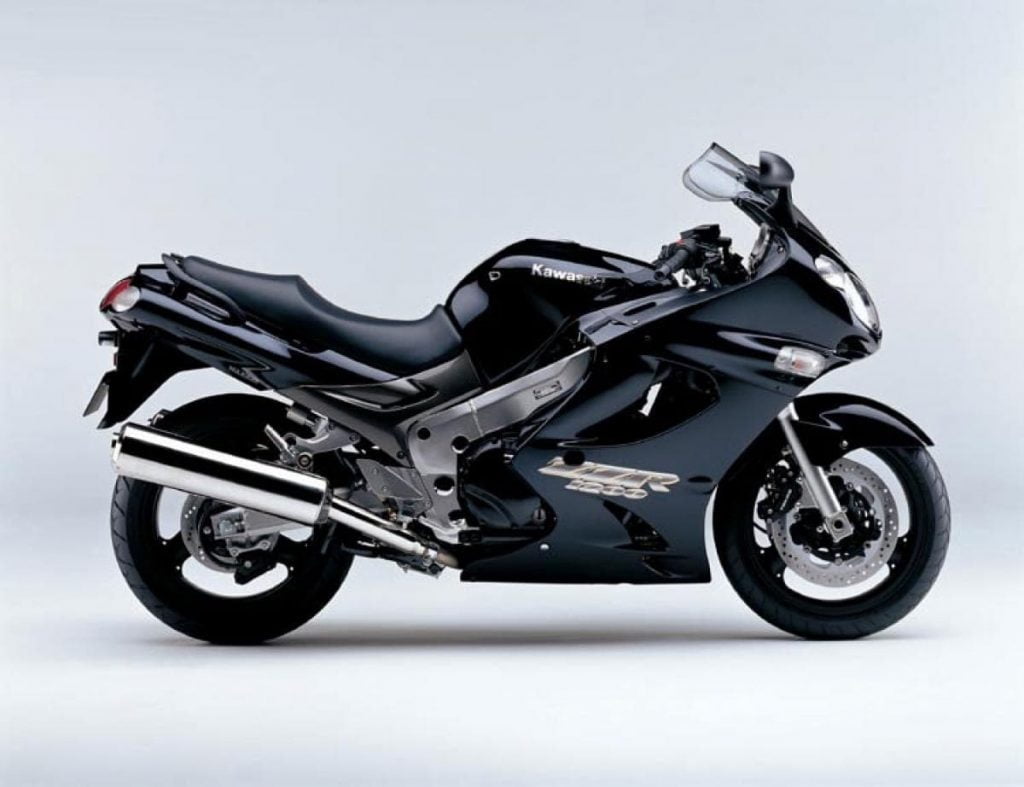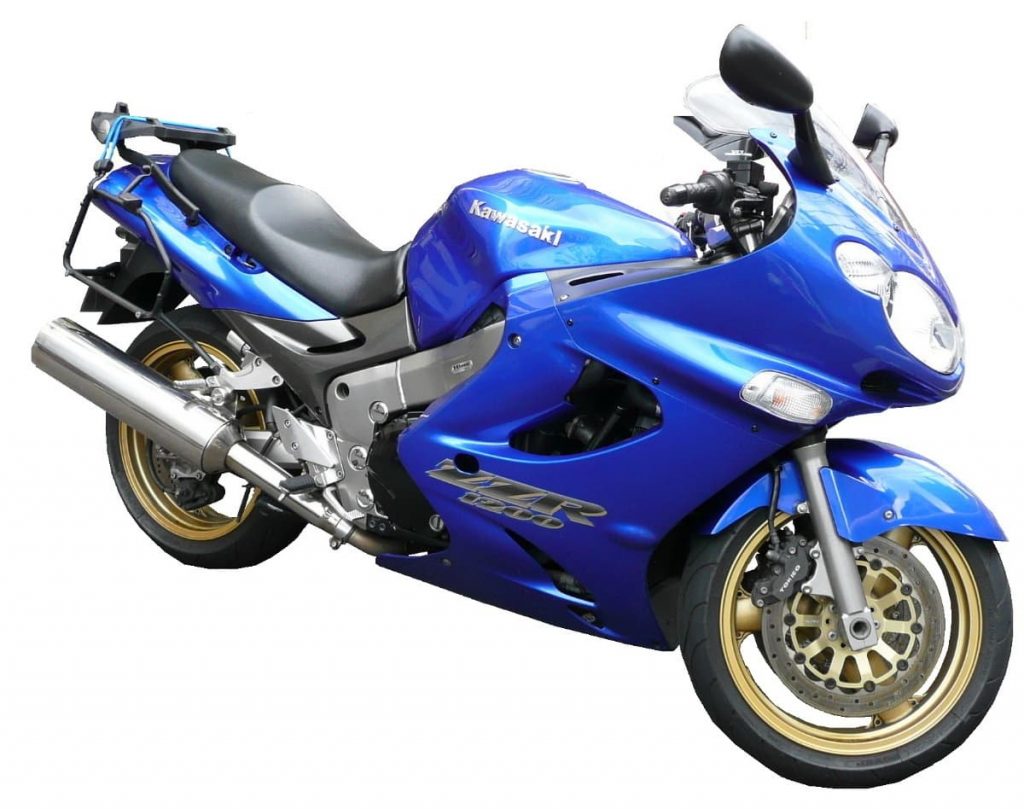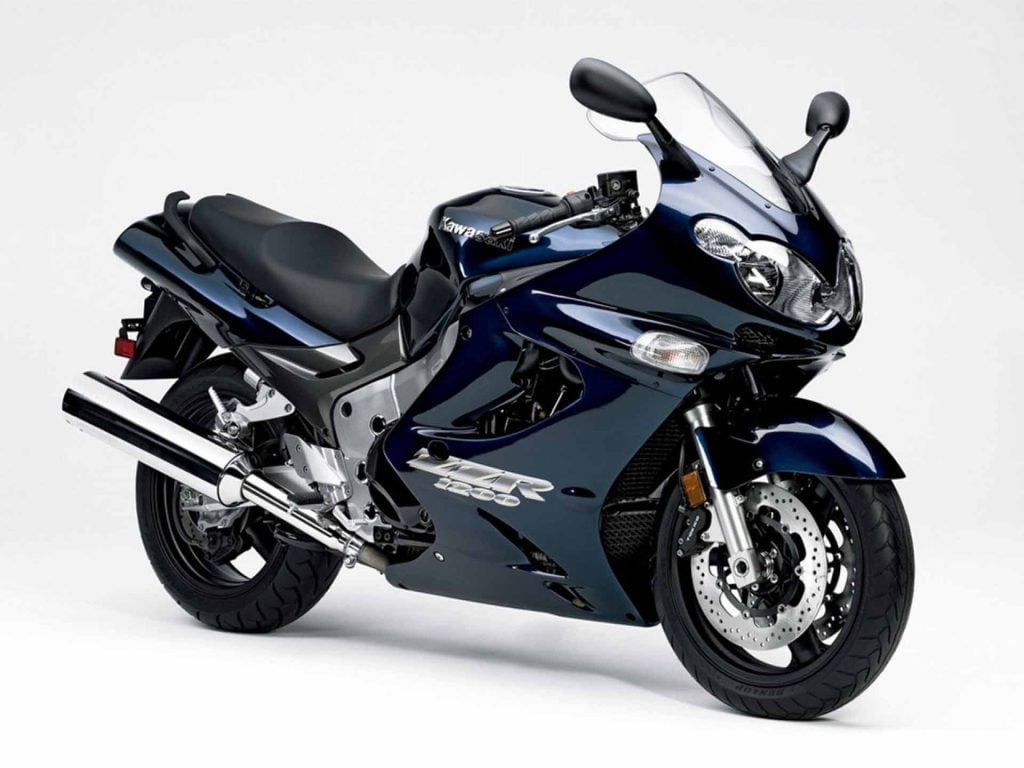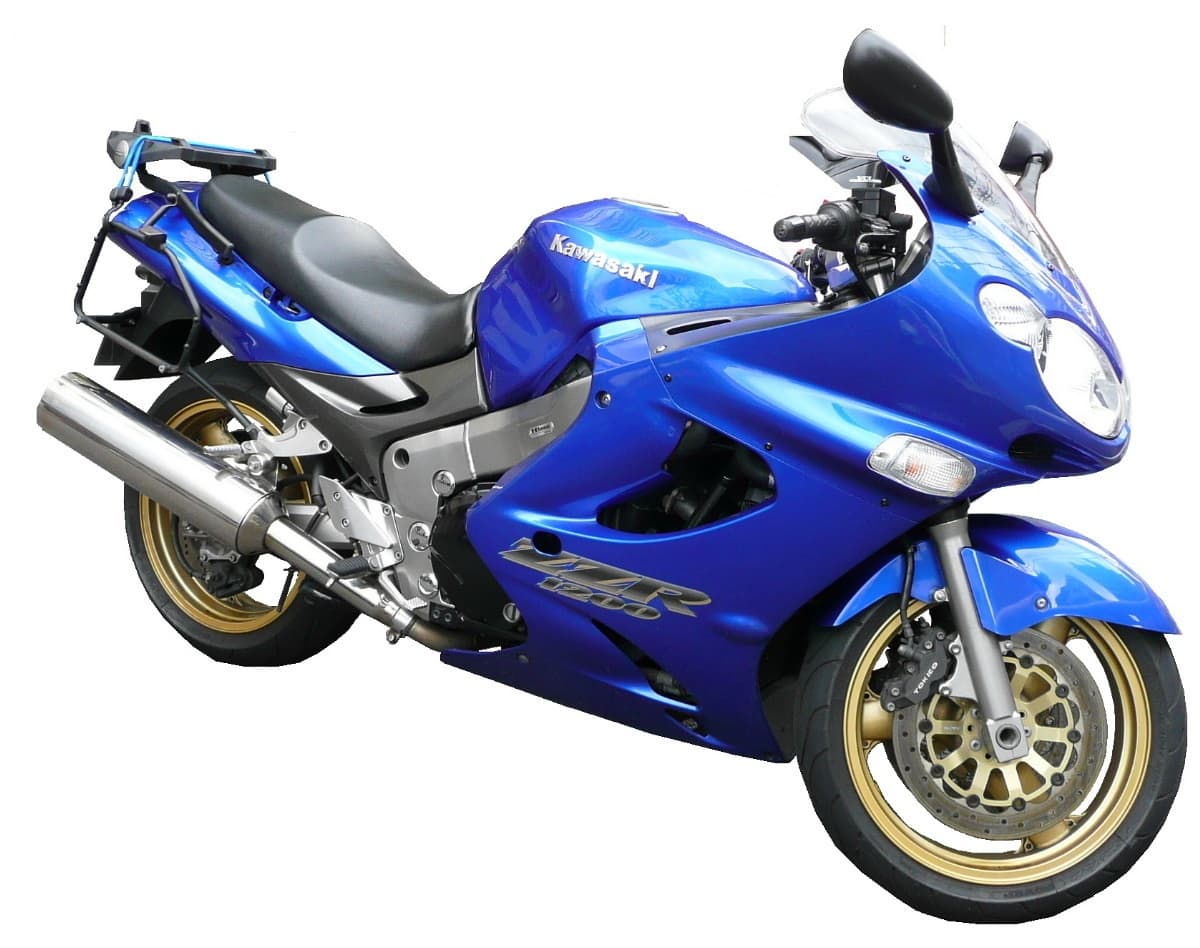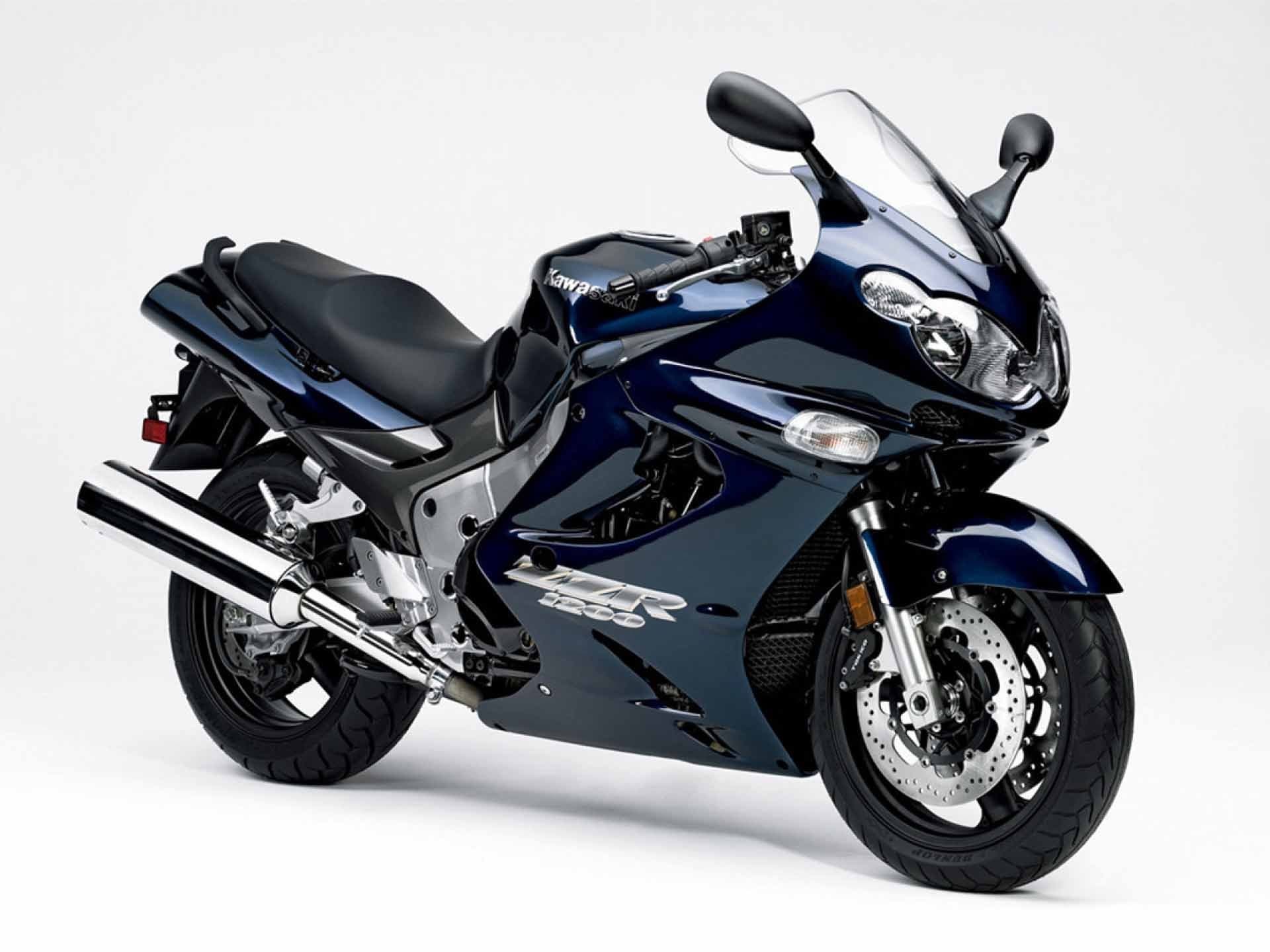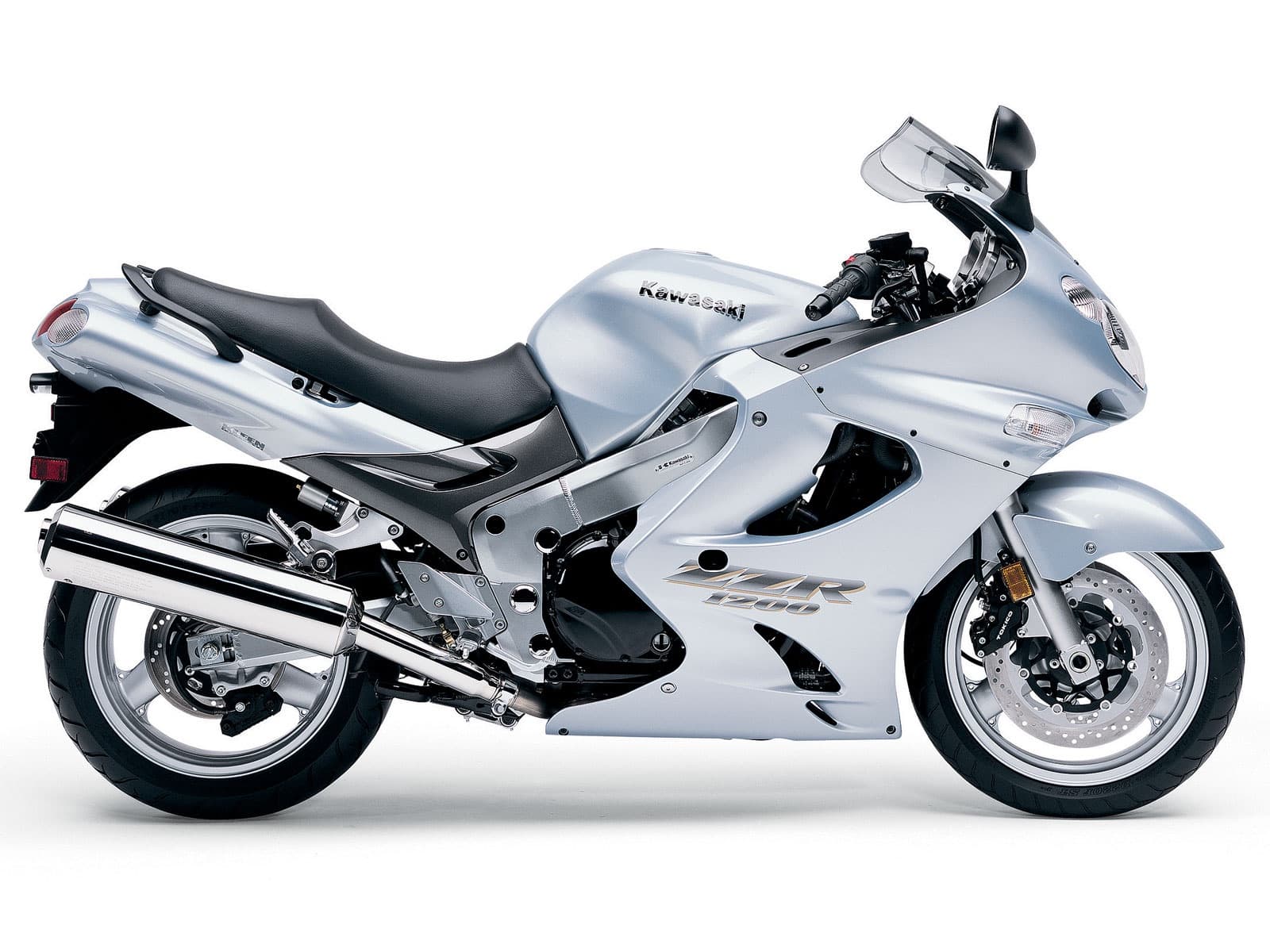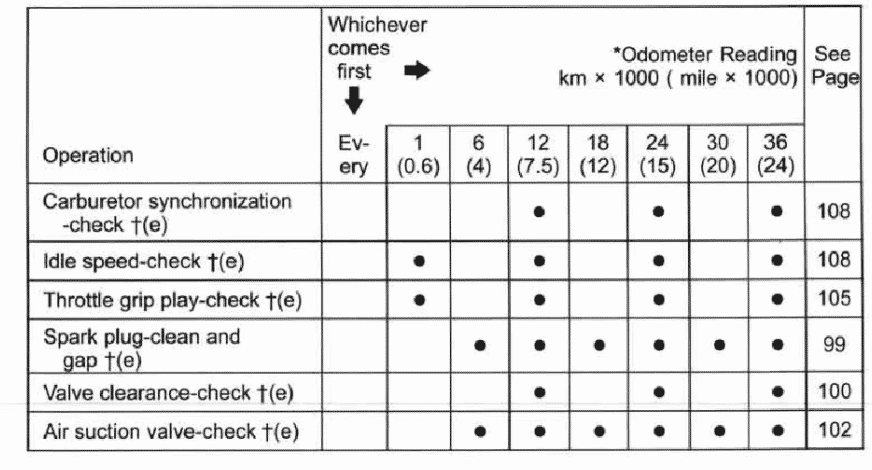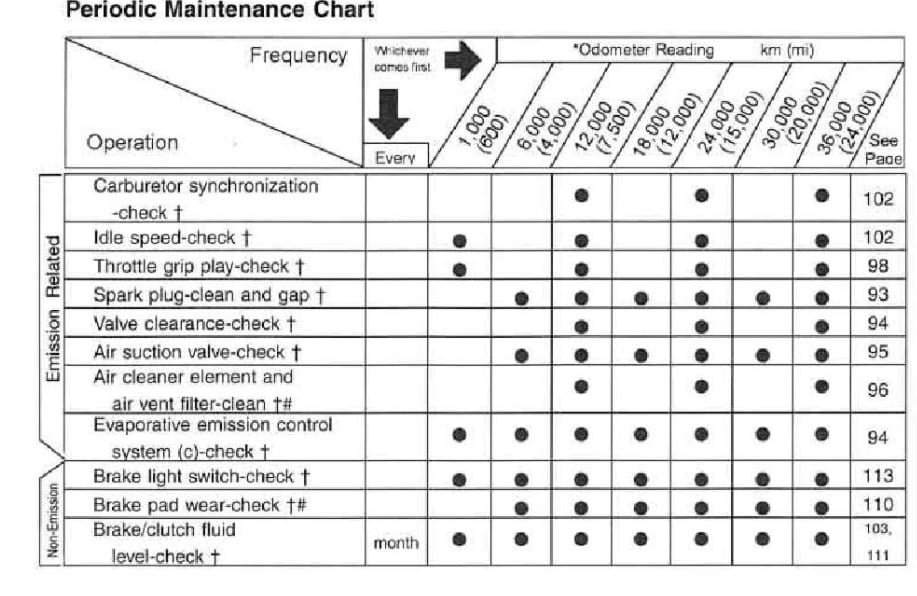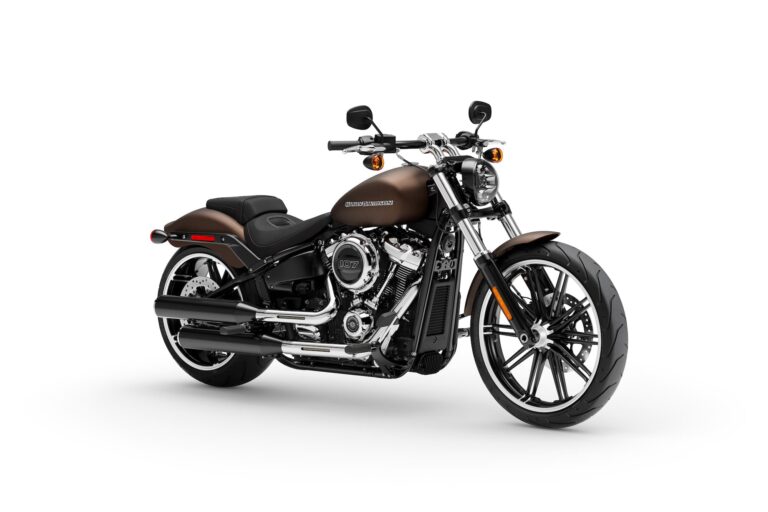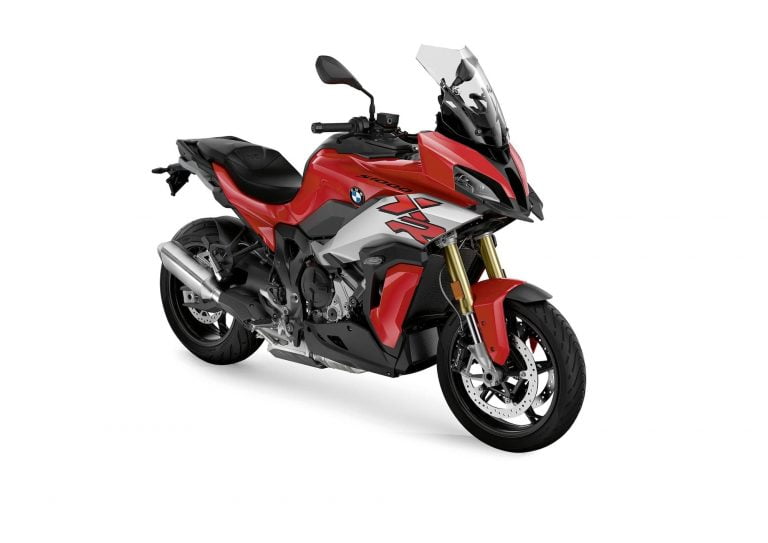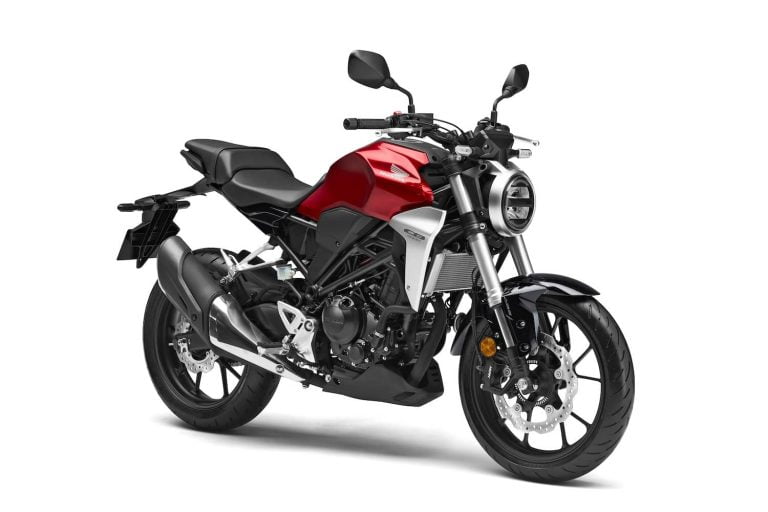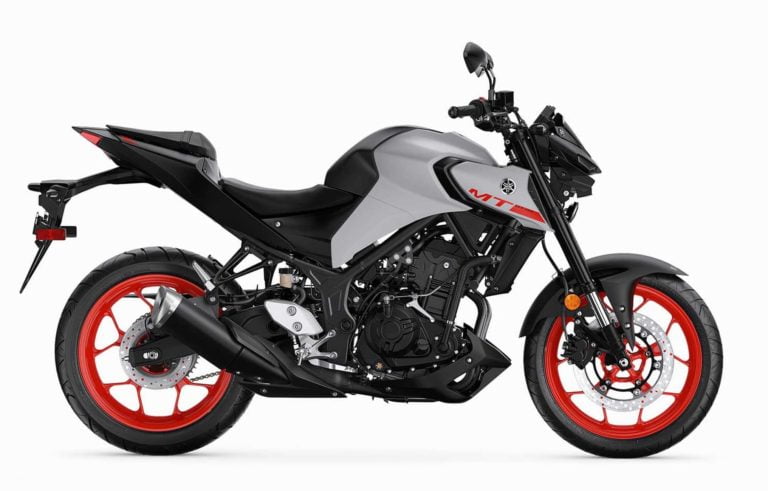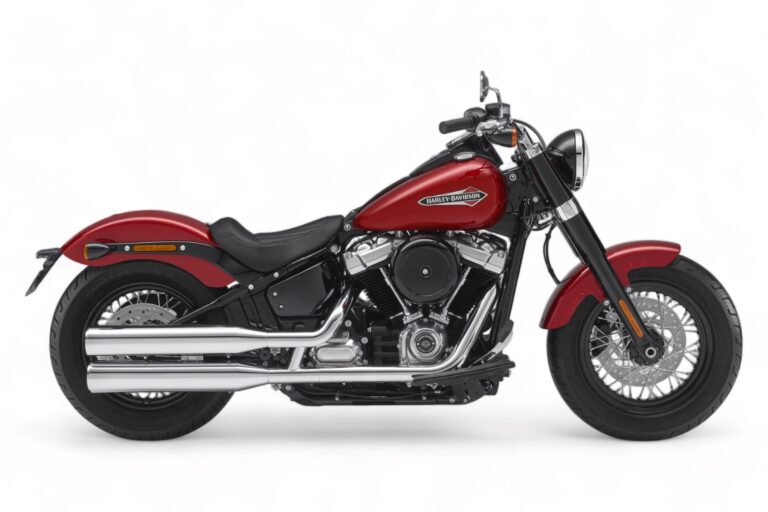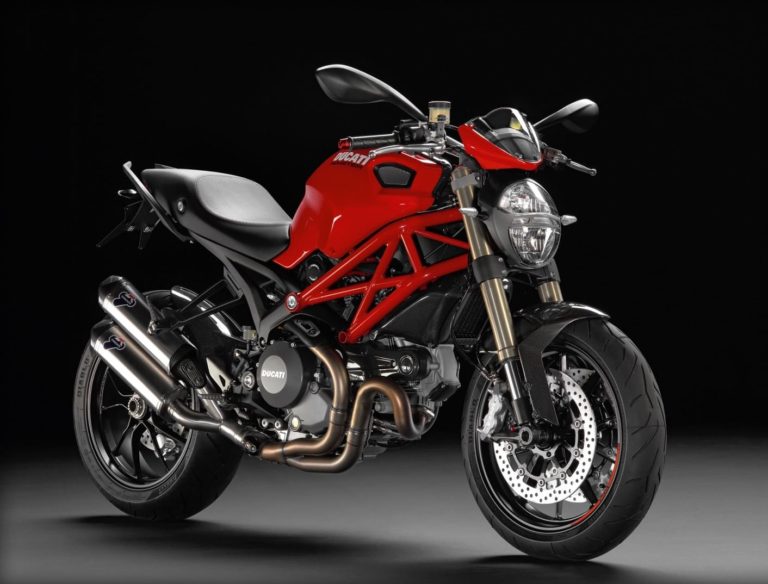Kawasaki ZZR1200 (2002-2005) Maintenance Schedule and Service Intervals
This is the maintenance schedule with associated service intervals for the Kawasaki ZZ-R1200, which people often abbreviate to ZZR1200.
The ZZ-R1200 is a sport bike made between 2002-2005 and sold alongside the ZX-12R, and also serves as a successor to the ZX-11.
Unlike the ZX-12R, the ZZ-R1200 is carburettor-fed. The suspension is also a little softer, but given its age, adding newer springs, fresh fork oil, and valves to the ZZ-R1200 should make it into a weapon.
This post was originally published on November 13, 2020, but has since been considerably updated with more detail.
This site has links from which we earn a commission (which unfortunately nobody can save, not even us). If you appreciate this research work, then please use those links. Thanks.
Kawasaki ZZ-R1200 Service Intervals
Overall, the Kawasaki ZZ-R1200 has 3500 mile or 6000 km service intervals. At every service, change the oil, and every two services change the oil filter.
Every service, check the spark plugs, but you only need to replace them as needed.
The valve clearance major service for the ZZ-R1200 is every 7500 miles or 12000 km.
Make sure you keep the coolant and brake fluid fresh, too.
Maintenance Schedule for Kawasaki ZZ-R1200
Below is the maintenance schedule for the Kawasaki ZZ-R1200.
The following is the list of maintenance operations to be done on this motorcycle with a time or distance interval — whichever comes earlier.
Notes:
- For higher odometer readings, repeat at the frequency interval established here
- For items marked “check”, replace or tighten as necessary.
| mi x 1000 | 4 | 7.5 | 12 | 15 | 20 | 24 | |
|---|---|---|---|---|---|---|---|
| km x 1000 | 6 | 12 | 18 | 24 | 30 | 36 | Every |
| Engine oil — change | ✓ | ✓ | ✓ | ✓ | ✓ | ✓ | 6 months |
| Oil filter — replace | ✓ | ✓ | ✓ | ||||
| Spark plugs — clean and gap. Replace as necessary | ✓ | ✓ | ✓ | ✓ | ✓ | ✓ | |
| Valve clearance — check | ✓ | ✓ | ✓ | ||||
| Air cleaner element and air vent filter — clean | ✓ | ✓ | ✓ | More often when riding in dusty / wet conditions | |||
| Carburetor synchronization — check | ✓ | ✓ | ✓ | ||||
| Idle speed—check | ✓ | ✓ | ✓ | ||||
| Throttle grip play—check | ✓ | ✓ | ✓ | ||||
| Air suction valve — check | ✓ | ✓ | ✓ | ✓ | ✓ | ✓ | |
| Evaporative emission control system (CA only) —check | ✓ | ✓ | ✓ | ✓ | ✓ | ✓ | |
| Brake light switch — check | ✓ | ✓ | ✓ | ✓ | ✓ | ✓ | |
| Brake pad wear— check | ✓ | ✓ | ✓ | ✓ | ✓ | ✓ | |
| Brake/clutch fluid level — check | ✓ | ✓ | ✓ | ✓ | ✓ | ✓ | Month |
| Brake/ clutch fluid — change | ✓ | 2 years | |||||
| Steering —check | ✓ | ✓ | ✓ | ✓ | ✓ | ✓ | |
| Drive chain wear—check | ✓ | ✓ | ✓ | ✓ | ✓ | ✓ | |
| Nuts, bolts, and fasteners tightness — check | ✓ | ✓ | ✓ | ||||
| Tire wear — check | ✓ | ✓ | ✓ | ✓ | ✓ | ✓ | |
| General Lubrication — perform | ✓ | ✓ | ✓ | ||||
| Front fork oil — change | ✓ | 2 years | |||||
| Swingarm pivot, uni-trak linkage — lubricate | ✓ | ✓ | ✓ | ||||
| Coolant — change | ✓ | 2 years | |||||
| Radiator hoses, connections — check | |||||||
| Steering stem bearing — lubricate | ✓ | 2 years | |||||
| Brake/clutch master cylinder cup and dust seal— replace | 4 years | ||||||
| Caliper piston seal and dust seal — replace | 4 years | ||||||
| Clutch slave cylinder piston seal — replace | 4 years | ||||||
| Fuel hoses, connections — check | ✓ | ✓ | ✓ | ✓ | ✓ | ✓ | |
| Brake/clutch hoses, connections — check | ✓ | ✓ | ✓ | ✓ | ✓ | ✓ | |
| Front fork oil leak — check | ✓ | ✓ | ✓ | ||||
| Rear shock absorber oil leak — check | ✓ | ✓ | ✓ | ||||
| Drive chain — lubricate | 400 mi / 600 km | ||||||
| Dive chain slack — check | 600 mi / 1000 km |
Tyre size and tyre pressure for the Kawasaki ZZ-R1200
The Kawasaki ZZR1200 has the following tire sizes and pressures as standard.
| Wheel | Tire size | Tire pressure (cold) |
|---|---|---|
| Front | 120/70 ZR17 M/C (58W) | 2.9 bar / 290 kPa / 42 psi |
| Rear | 180/55 ZR17 M/C (73W) | 2.9 bar / 290 kPa / 42 psi |
About the Kawasaki ZZ-R1200
The ZZ-R1200 is a sports-tourer sibling to the ZX-12R.
It’s a similar kind of bike — a high-speed sport tourer — but has carburettors and simpler front suspension (43mm conventional KYB forks with just preload adjustability), as well as a more comfortable riding position.
The engine is still a liquid-cooled, DOHC, four-stroke inline-four engine with 1164 cc of capacity. The ZZ-R 1200 can produce rear-wheel horsepower of 145 hp — it’s no slouch! In fact, it’s considered one of the most powerful motorcycles ever made with carbureted induction (rather than fuel injection).
Kawasaki engineers based the ZZR1200’s engine on the one in the Kawasaki ZRX1200, but modified the ZZR’s 16-valve engine to be a stronger performer in the low- and mid-range sections of the powerband. The ZZR1200 uses twin fuel pumps that feed four Keihin 40mm downdraft carburettors equipped with the Kawasaki Throttle Responsive Ignition Control (K-TRIC) system.
So the ZZ-R1200’s engine spans the domains of everyday tourer as well as that of high-speed sport touring.
The same goes for the ZZ-R1200’s chassis — it’s quite multifaceted. It’s lightweight, but reinforced with internal ribbing to be able to withstand many miles of abuse.
Kawasaki also gave the ZZ-R a steel subframe for saddlebags. You could even get Kawasaki-branded bags as an aftermarket option.
Kawasaki used a few extra bits of tech to keep the ZZ-R1200’s handling light. In the steering head, they used ball bearings to make sure the steering felt light. Kawasaki also used a lightweight swingarm to improve traction. This is helped by Kawasaki’s UNI-TRAK rear suspension system, with progressive rates on the shock.
The brakes are impressive too, with four-piston calipers gripping 320mm dual discs at the front, and a 250mm single disc at the rear.
Reference — Screenshots from the Manual for the Kawasaki ZZ-R1200
The above maintenance schedule comes directly from the user’s manual for the 2004-2005 Kawasaki ZZR1200. We also compared it with the maintenance schedule from 2002-2003 and found no differences.
You can get motorcycle manuals from Kawasaki here.
